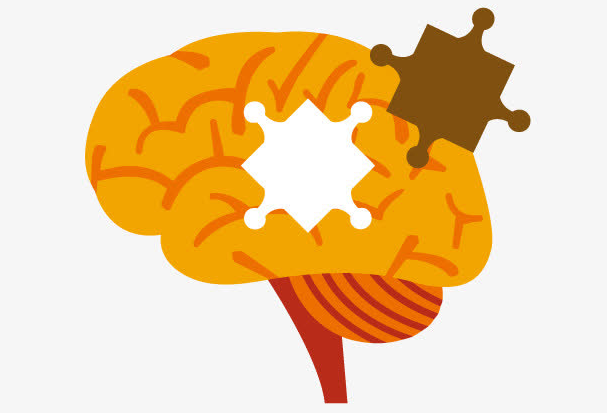Because the number of professional translation which relates to the field of translation data is huge, and the relatively narrow range, focus on one or a few professional, such as politics, economy, military, aerospace, computer, communicat
Because the number of professional translation which relates to the field of translation data is huge, and the relatively narrow range, focus on one or a few professional, such as politics, economy, military, aerospace, computer, communications and other professional have their own professional translation company or department. This will inevitably lead to different degrees of repetition in translation materials. According to statistics, in different industries and departments, the repetition rate of this data reaches 20%~70%. This means that translators at least 20% of the work is unnecessary duplication of labor. Translation memory technology starts from here, first of all, is to eliminate the translator's repeated labor, so as to improve work efficiency.
Translation memory (TM) technology principle is such that the user can use the existing text and its translation to establish one or more translation memory (Translation, Memory) in the process of translation, the system will automatically search for the translation of the same or similar translation resources (such as memory, sentence Duan Luo), given the. Users avoid wasteful duplication of effort, just focus on the new content of the translation. The translation memory library also keeps learning and storing new translations in the background. It becomes more and more "smart" and more efficient. With TM, you never have to translate the same sentence two times! Why do so many translation companies use the translation memory library (TM)? What are the advantages of the translation memory bank (TM)?

1, save the total expenditure of translation
More and more enterprises will choose a translation memory for the first time in the product localization, the biggest reason is the use of translation memory database can greatly save the cost of translation. Although there seems to be some contradiction, there is a saying: "the more your translation needs, the less money you spend.":
The customer's translation memory database is built up through the continuous accumulation of actual projects. When the release of the new project, the system will be the contents of the file into several paragraphs, done with the previous project for comparison, the system will automatically analyze the repetition and high matching content, generally speaking, the content of the above 75% will enjoy the discount, the higher the degree of matching, the stronger the discount.
2, to improve the quality of translation, and maintain the consistency of translation
The use of storage in the translation memory, can help enterprises to standardize the vocabulary, grasp the language style and tone, consistent so that companies in different periods to maintain language and style of the translation project, to build the company's brand image.
3, shorten the project delivery time
In addition to saving translation costs and improving the quality of translation, translation memory can also shorten the time of project delivery. The more powerful the translation memory is, the less repeated work the interpreter needs to do. In the process of translation, translators can query and translate the contents of the memory database in real time. If the original content is consistent with the previous translation, will immediately recommend to the interpreter, a little mouse can be added to the office, and then adjusted according to different context before which the interpreter only need to put the time and effort in dealing with new content, can save a lot of work for translators.
4. Standardize enterprise internal content management
Language Asset is a part of enterprise intangible assets, whether it is product related or market and daily operation. High quality, real-time update of language assets will be an important part of enterprise content management and inheritance. Especially after personnel change, management mode adjustment, with high quality language assets will help to help the work of cohesion. Many multinational companies have been fully aware of the importance of cooperation with the professional localization company, and gradually establish a "standardized" and "structured", "hierarchical" and "modular" language assets, enjoy the "centralized" and "extension", and "traceability" to bring convenience and efficient save the management cost.






